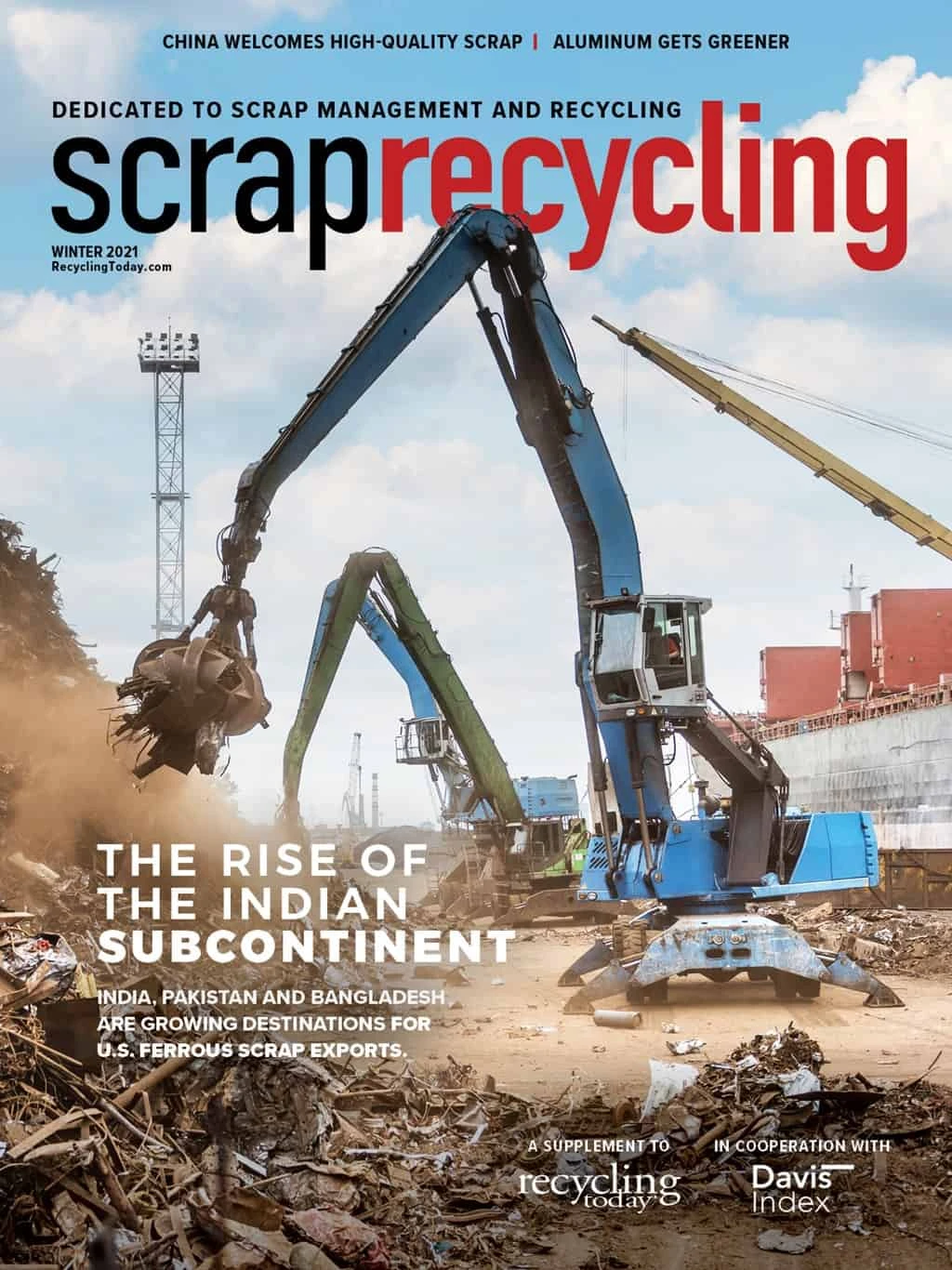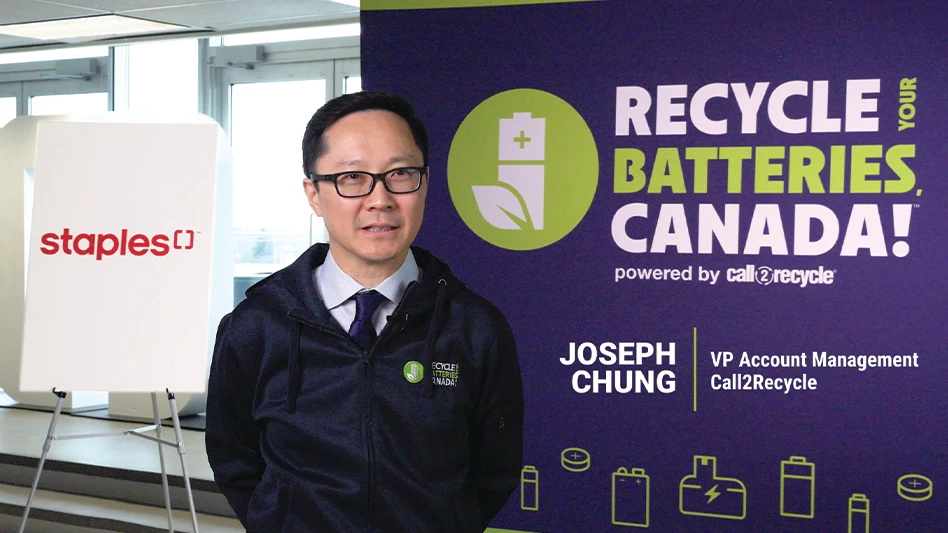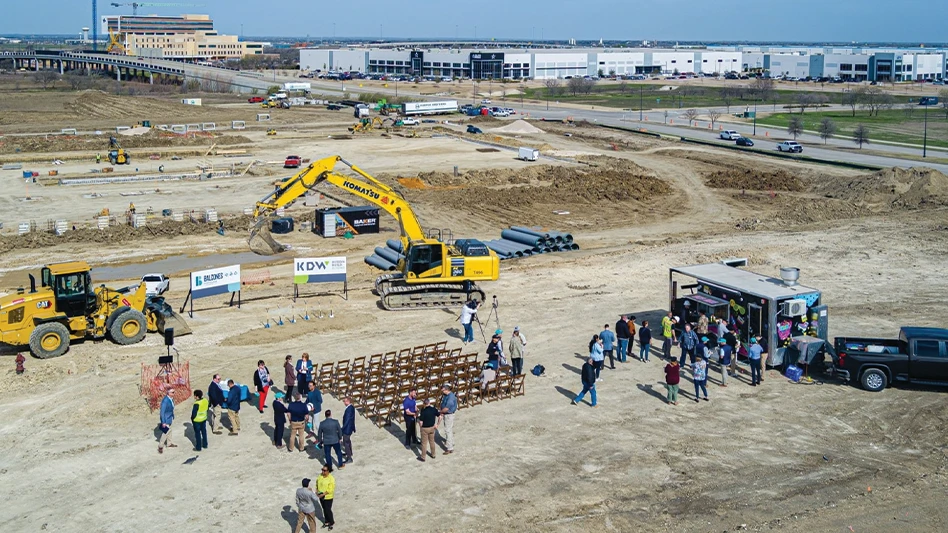
The Indian subcontinent—India, Pakistan and Bangladesh—has become a critical destination for U.S. ferrous scrap exports, and its importance only will increase as the region adds more steel capacity over the next decade.
While Taiwan imports scrap only from the U.S. West Coast, the Indian subcontinent has emerged as a price benchmark for containerized scrap exports because it imports scrap from the three U.S. coasts—East, West and Gulf—as well as from many other scrap exporting nations. But the subcontinent also imports ferrous scrap in bulk shipments.
U.S. exports of ferrous scrap to the Indian subcontinent have grown by 96.17 percent in the past decade. In 2010, 1.18 million metric tons of ferrous scrap were shipped from the U.S. to the Indian subcontinent. In 2019, shipments to the region tallied 2.31 million metric tons, while from January through September of 2020, they totaled 1.97 million metric tons. In fact, the region was the second-largest destination for U.S. ferrous exports in 2019 and continued to hold this position in 2020, according to U.S. Census Bureau data.
A growing hunger
Since 2018, Bangladesh has emerged as the topmost buyer of ferrous scrap from the U.S. in South Asia. The country’s imports of ferrous scrap from the U.S. totaled 1 million metric tons from January through September 2020, according to U.S. Census Bureau data, which equaled the total tonnage Bangladesh imported from the U.S. in 2019. In 2018, the country imported 837,963 metric tons of ferrous scrap, according to U.S. Census Bureau data, up from 37,000 metric tons in 2010.
In the past five years, steel producers in Bangladesh have raised their melting capacity, which has increased their need for the raw material. To help meet its ferrous scrap demands, the country has turned its attention to Australia. Bangladesh’s ferrous scrap imports from that country increased 500 percent in 2019 compared with the preceding year.
In September 2020, Bangladesh became the top importer of bulk ferrous scrap from the U.S. West Coast, importing 166,687 metric tons.
For India, the largest of the three subcontinental economies, the U.S. is the third-largest ferrous scrap exporter after the United Arab Emirates and the U.K., according to the Indian Ministry of Commerce. India’s imports of ferrous scrap from the U.S. totaled 433,258 metric tons in the first nine months of 2020, according to U.S. Census Bureau data, compared with 830,778 metric tons in 2019 and 831,969 metric tons in 2018.
After breaking onto the list of the 10-largest global steel producers in 2005, India became the world’s second-largest crude steel producer with output of 109.3 million metric tons in 2018, according to the World Steel Association, Brussels. India maintained this position in 2019.
U.S. Census Bureau data show ferrous scrap shipments to Pakistan totaled 533,505 metric tons from January through September 2020. That compares with 472,390 metric tons in 2019 and 374,628 metric tons in 2018. In 2010, Pakistan imported 174,000 metric tons from the U.S.
As per the State Bank of Pakistan, in 2017, the country’s steel production surged by more than 1.4 million metric tons from the prior year, a rise that was equivalent to Pakistan’s increase in steel output between 2008 and 2014. The surge was attributed to demand in the automotive, defense and construction sectors, along with infrastructure projects under the China-Pakistan Economic Corridor (CPEC) initiative gaining momentum.

Bangladesh focuses on bulk
Four major Bangladeshi steelmakers largely have focused on bulk purchases. Together, these producers account for roughly 60 percent of domestic market share. In 2019, the country imported approximately 952,900 metric tons in bulk shipments from the U.S., according to U.S. Census Bureau data, while Indian buyers imported 564,033 metric tons and Pakistani mills imported 279,943 metric tons.
Containerized ferrous scrap imports by Bangladesh, India and Pakistan in 2019 totaled 46,614 metric tons, 444,803 metric tons and 227,109 metric tons, respectively.
Compared with 2018, bulk imports into Bangladesh and Pakistan increased by 16 percent and 29 percent, respectively, while those in India dropped by 8 percent.
In September 2020, Bangladesh became the top importer of bulk ferrous scrap from the U.S. West Coast. That month, 166,687 metric tons were imported, according to U.S. Census Bureau data, an increase of 2.1 percent from September 2019. India imported 6,020 metric tons in bulk scrap in September, down 15.7 percent from a year ago, while Pakistan’s imports rose by 127.3 percent to 12,575 metric tons during the same period. From the U.S. East Coast, India and Pakistan imported 21,946 metric tons and 45,112 metric tons of bulk ferrous scrap, respectively.
Bangladesh continued to buy bulk scrap despite the COVID-19 pandemic, having booked 990,356 metric tons of U.S. shipments from January through September 2020, according to U.S. Census Bureau data. Mills are still looking to buy material amid recovering steel demand in the domestic market.
As a result, the Davis Index for heavy melting scrap (HMS) 1&2 (80:20) bulk 35/10 from the U.S. East Coast to that Asian country has trended upward, rising from $320 per metric ton cost and freight (cfr) Bangladesh Nov. 2, 2020, to $394 per metric ton cfr Dec. 4, 2020. The price trend for the material offered by sellers from the West Coast is similar.
In other bulk markets, the Davis Index for U.S. West Coast-origin HMS 1&2 bulk 40/10 increased by $71 per metric ton to $388 per metric ton cfr Pakistan and to $387 per metric ton cfr Nhava Sheva in India.
In the containerized scrap market, prices for U.S.-origin HMS 1&2 (80:20) increased by about $69 per metric ton in early November 2020 to $390.71 per metric ton cfr Bangladesh Dec. 7, according to Davis Index.
The index for containerized HMS 1&2 (80:20) to Pakistan from the U.S. rose to a lesser extent during that time, increasing $59 per metric ton to $372.50 per metric ton cfr Dec. 7, 2020.
A bright outlook
In 2017, India introduced its National Steel Policy, which aims to increase the country’s annual steel production capacity to 300 million metric tons and its crude steel production to 255 million metric tons. The COVID-19 pandemic, however, could delay this goal, with many steelmakers revising their capex and capacity expansion plans in the low-demand environment.
Pakistan’s demand for steel could increase as new infrastructure, commercial and housing projects under government schemes gain momentum. Ongoing projects financed by China through the CPEC also are expected to spur steel demand.
Annual ferrous scrap consumption in Bangladesh is 4.5 million to 5 million metric tons, with about 1 million metric tons of scrap generated locally. Leading steel producer Bangladesh Steel Rerolling Mills tells Davis Index the country could focus on imports from the U.S., Europe and Japan as consumption increases. The country’s major steelmakers also could add 3 million to 4 million metric tons of capacity in the coming years, taking Bangladesh’s capacity to 10 million to 11 million metric tons, indicating growing ferrous scrap demand for some time to come.
Get curated news on YOUR industry.
Enter your email to receive our newsletters.

Explore the Winter 2021 Scrap Recycling Issue
Check out more from this issue and find your next story to read.
Latest from Recycling Today
- Recycled steel price crosses $500 per ton threshold
- Smithers report looks at PCR plastic’s near-term prospects
- Plastics association quantifies US-EU trade dispute impacts
- Nucor expects slimmer profits in early 2025
- CP Group announces new senior vice president
- APR publishes Design Guide in French
- AmSty recorded first sales of PolyRenew Styrene in 2024
- PRE says EU’s plastic recycling industry at a breaking point





